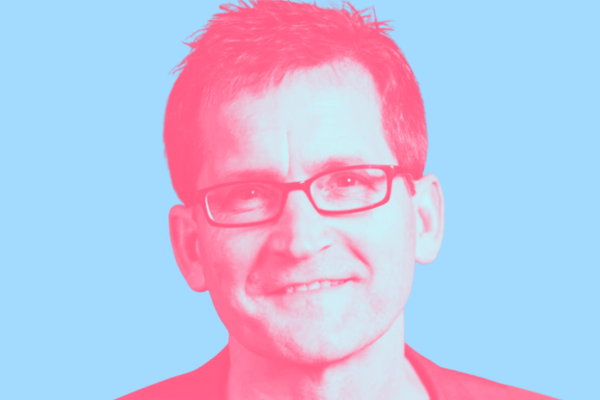In an era where change is constant, the approach to organizational transformation is ripe for a paradigm shift. Think about it: when someone dives into personal growth, like training for a marathon or picking up a new hobby, they’re all pumped up and ready to go. But mention changes at the office? Instant buzzkill.
People start worrying about their jobs and what’s going to happen next. This difference between personal growth and organizational change makes one wonder how to switch things up and make the idea of change at work feel less like a threat and more like an opportunity for something awesome.
The Dichotomy of Transformation
In this video, Hemerling initiates a thought-provoking comparison between the excitement surrounding personal transformation and the fear associated with organizational change. Personal development, often celebrated, is contrasted against the collective anxiety triggered by the prospect of organizational restructuring. This observation serves as a prelude to a deeper exploration of how organizational change, typically met with resistance, can instead be approached as an opportunity for empowerment and growth.
Introducing “always-on” transformation – a state where organizations are perpetually navigating the waters of change. This constant state of flux, while necessary, often results in exhaustion and resistance among employees. The acknowledgment of this reality sets the foundation for proposing a shift towards a more sustainable and people-centric approach to transformation.
A Blueprint for Empowering Change
In response to the challenges posed by “always-on” transformation, Hemerling reveals a visionary blueprint focused on redefining organizational change. This strategy pivots on five strategic imperatives, all unified by the central theme of putting people first:
- Inspiring Through Purpose: The journey begins with aligning organizational transformation to a deeper sense of purpose, as illustrated by LEGO’s mission to inspire and develop the builders of tomorrow. This approach moves beyond financial goals, seeking to connect with individuals on a more meaningful level.
- Committing Fully to Transformation: Rather than viewing transformation as merely a cost-cutting exercise, the speaker advocates for a comprehensive strategy that encompasses growth, innovation, and the development of leadership and talent. This holistic approach mirrors the dedication required for personal achievements, such as running a marathon.
- Equipping Employees for Success: Drawing parallels to training for a triathlon, the speaker emphasizes the importance of providing employees with the necessary skills, tools, and collaborative environment to thrive during and after the transformation. The success story of Chronos’ shift to a service-oriented model exemplifies how investing in employee development can turn potential overwhelm into empowerment.
- Fostering a Culture of Continuous Learning: Microsoft’s cultural transformation under Satya Nadella is highlighted as a prime example of instilling a growth mindset within an organization. This shift towards continuous learning and adaptation is presented as a key element in sustaining organizational resilience and success in the face of constant change.
- Embracing Inclusive Leadership: The narrative concludes with a focus on inclusive leadership, underscored by Steve Kerr’s approach with the Golden State Warriors. Kerr’s leadership style, marked by openness and collaboration, serves as a model for how leaders can engage and inspire their teams, making inclusivity a cornerstone of successful transformation.
The Wrap
Hemerling’s discourse offers a compelling argument for a transformative shift in how organizations approach change. By drawing inspiration from the realm of personal development and applying these principles to organizational transformation, there lies an opportunity to convert the traditionally daunting process into one of empowerment, engagement, and purpose-driven growth.
This people-first approach not only addresses the exhaustion associated with “always-on” transformation but also opens the door to creating more resilient, innovative, and cohesive organizations equipped to navigate the challenges of the modern business landscape.






